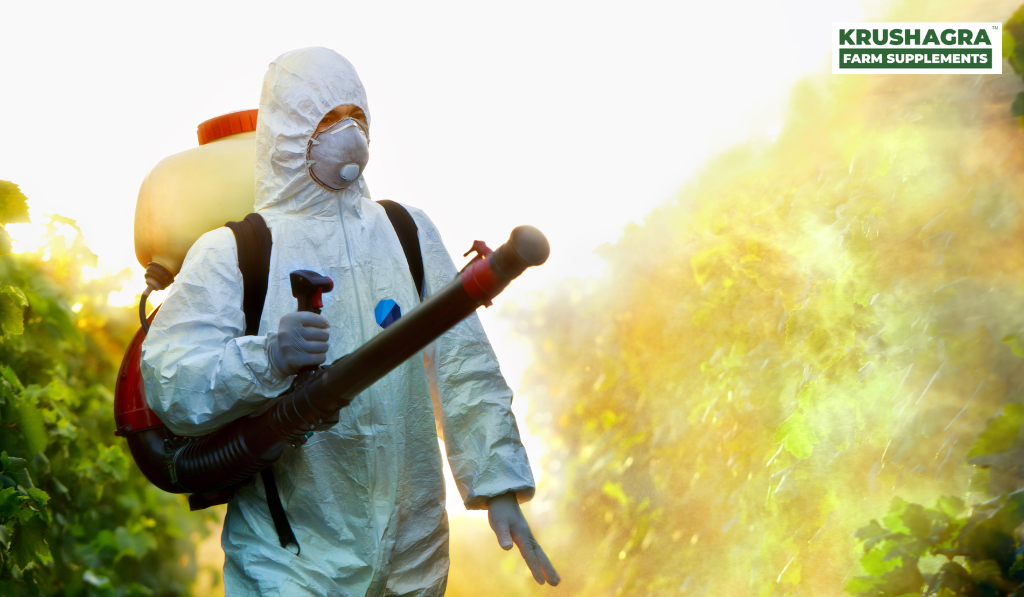Introduction
Avenue plantations greatly enhance the visual appeal of urban settings with their colorful blossoms and lush greenery. Nonetheless, there are a number of difficulties involved in keeping these green lanes beautiful and healthy, with insect control being among the principal ones. Even if they work well, traditional chemical pesticides can be harmful to the environment and public health. This in-depth manual will examine biopesticides, an environmentally responsible and sustainable substitute for pesticides, and how they work to effectively manage pests in avenue plantations.
Understanding Biopesticides
Biopesticides are derived from natural sources, such as plants, bacteria, fungi, and certain minerals. Unlike synthetic chemical pesticides, biopesticides offer a more sustainable and environmentally friendly approach to pest control. They have gained popularity in recent years due to their minimal impact on non-target organisms, reduced chemical residues, and lower risk of developing pesticide resistance.
Types of Biopesticides
- Microbial Biopesticides: Bacteria: Bacillus thuringiensis (Bt) is a common bacterium used in biopesticides. It produces toxins lethal to specific pests, such as caterpillars and mosquitoes.
- Plant-Incorporated Protectants (PIPs): Some plants are genetically modified to express toxins against specific pests. These toxins act as a built-in defense mechanism for the plant.
- Biochemical Biopesticides: These are naturally occurring substances with pesticidal properties. Neem oil, for example, disrupts the feeding and reproductive processes of insects.
Integration of Biopesticides in Avenue Plantations
- Pest Assessment: Before implementing any pest control strategy, it is essential to identify the specific pests affecting the avenue plantations. This allows for targeted and efficient use of biopesticides.
- Application Techniques: Biopesticides can be applied through various methods, including foliar sprays, soil drenching, and seed treatment. The choice of application depends on the type of biopesticide and the target pest.
- Timing of Application: Proper timing is crucial for biopesticide effectiveness. Understanding the life cycle of the target pest helps in applying biopesticides when the pests are most vulnerable.
- Crop Rotation and Diversity: Promoting biodiversity within avenue plantations and practicing crop rotation can naturally disrupt pest life cycles, reducing the need for excessive biopesticide use.
Benefits of Using Biopesticides for Avenue Plantations
- Environmentally Friendly: Biopesticides pose minimal risks to non-target organisms, including beneficial insects, birds, and mammals. They also have a shorter persistence in the environment compared to synthetic pesticides.
- Reduced Residue Levels: Biopesticides leave little to no residue on crops, addressing concerns about chemical residues in food and the environment.
- Low Risk of Resistance: Pests are less likely to develop resistance to biopesticides compared to chemical pesticides, making them a more sustainable long-term solution.
Challenges and Considerations
- Specificity: Biopesticides are often highly specific to certain pests. Proper identification of the target pest is crucial for effective control.
- Application Frequency: Biopesticides may require more frequent applications than chemical pesticides. This can be a challenge in terms of labor and cost.
- Educating Stakeholders: It is essential to educate stakeholders, including farmers, gardeners, and local authorities, about the benefits and proper use of biopesticides.
Conclusion
In the quest for sustainable and eco-friendly pest control methods, biopesticides emerge as a promising solution for avenue plantations. By understanding the types of biopesticides available, integrating them thoughtfully into pest management strategies, and addressing the associated challenges, avenue plantations can thrive while minimizing the environmental impact. As society continues to prioritize sustainability, the adoption of biopesticides represents a positive step towards greener and healthier urban landscapes.






